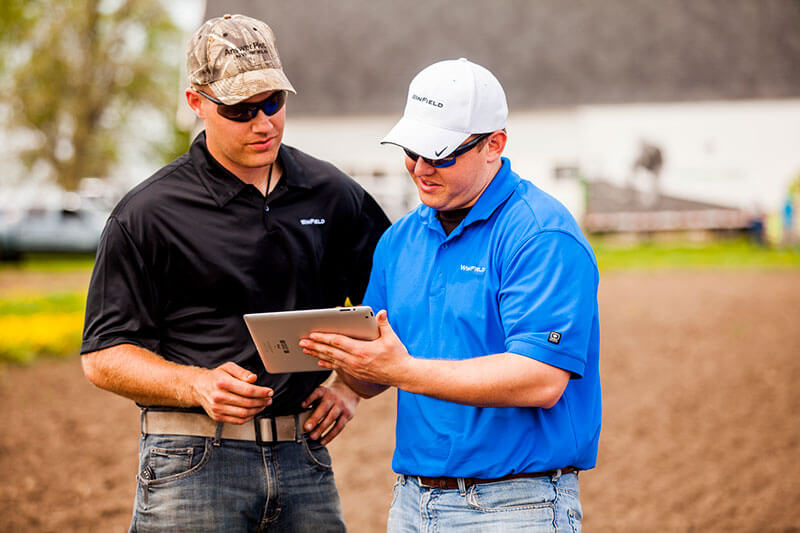Crop Modeling: A High-Tech Crystal Ball?

Another player on the increasingly crowded ag technology playing field is crop modeling — an emerging tool that uses in-season field data to predict future nutrient needs and yield potential, among other important metrics.
What should you know about crop modeling? How is this ag technology component evolving? What should you say about crop modeling in your conversations with farmers about their yield potential?
Crop modeling 101
In a nutshell, crop modeling uses what is known about the physiology of plants, soil, water and any other factors that go into creating yield, then connects these pieces of data to create a predictive model. This forecast can help agronomists and farmers better set expectations or understand more accurately what’s going to happen in a particular field. The model probably won’t tell farmers exactly what they’re going to produce or what types of management they need to use all the time. But it will provide a more informed look into the future to determine what the right decisions are today for the field.
A number of “musts”
If there’s one thing WinField has learned in studying crop modeling, it’s that it’s really tough to do. To fashion a tool that’s sufficiently accurate and usable enough to deliver value to an agronomist in the field is a big undertaking. For example, a crop modeling tool must:
Depending on its accuracy, I can envision a number of ways crop modeling could help farmers, such as estimating what fields will be ready to harvest first or determining production numbers to aid in marketing efforts. Gaining insight into what they can produce, how much more they could produce and what they need to do to achieve that higher rate of production, would be very valuable for farmers and factor heavily into their success.
There’s a lot more road ahead of us than behind us in crop modeling. I believe it will continue to grow, because we are now at a place where we can do much more with data than ever before. Stay tuned in the coming months for more information on the future of crop modeling.
What should you know about crop modeling? How is this ag technology component evolving? What should you say about crop modeling in your conversations with farmers about their yield potential?
Crop modeling 101
In a nutshell, crop modeling uses what is known about the physiology of plants, soil, water and any other factors that go into creating yield, then connects these pieces of data to create a predictive model. This forecast can help agronomists and farmers better set expectations or understand more accurately what’s going to happen in a particular field. The model probably won’t tell farmers exactly what they’re going to produce or what types of management they need to use all the time. But it will provide a more informed look into the future to determine what the right decisions are today for the field.
A number of “musts”
If there’s one thing WinField has learned in studying crop modeling, it’s that it’s really tough to do. To fashion a tool that’s sufficiently accurate and usable enough to deliver value to an agronomist in the field is a big undertaking. For example, a crop modeling tool must:
- accurately take soil dynamics into account;
- have a fairly accurate weather component;
- be able to factor in plant growth and nutrient dynamics, not only in the soil but also in the plant.
Depending on its accuracy, I can envision a number of ways crop modeling could help farmers, such as estimating what fields will be ready to harvest first or determining production numbers to aid in marketing efforts. Gaining insight into what they can produce, how much more they could produce and what they need to do to achieve that higher rate of production, would be very valuable for farmers and factor heavily into their success.
There’s a lot more road ahead of us than behind us in crop modeling. I believe it will continue to grow, because we are now at a place where we can do much more with data than ever before. Stay tuned in the coming months for more information on the future of crop modeling.


